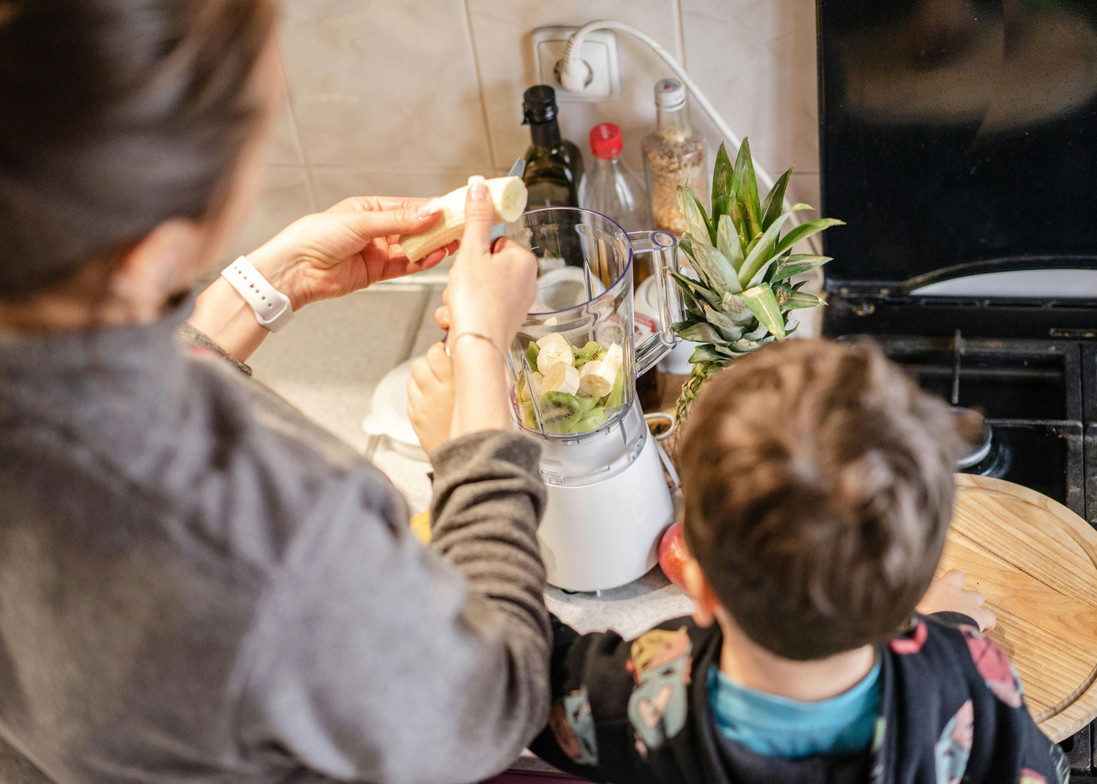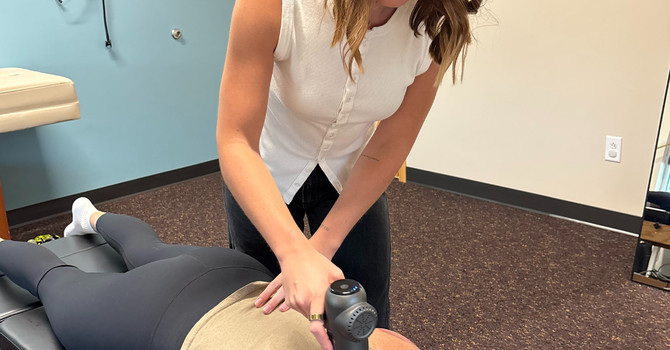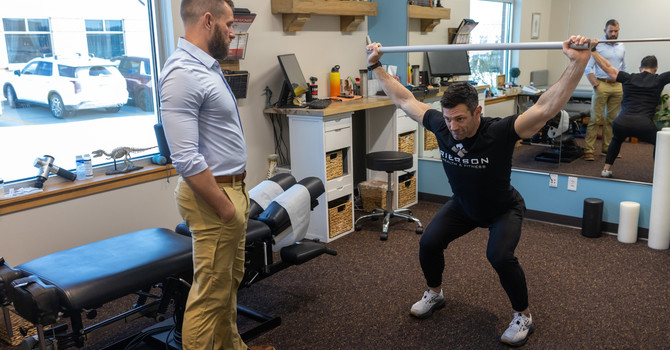
If your kiddo is dairy-free, whether due to allergy, intolerance, or preference, you might be wondering:
“Are they getting enough calcium?”
It’s a great question, and one that comes up all the time in my practice. Calcium is one of the most important minerals during childhood, not just for bone strength, but for nearly every system in the body. It helps with:
-
Building bones and teeth
-
Muscle contraction (including the heart)
-
Nerve and brain signaling
-
Hormone balance and enzyme function
By age 18, up to 90% of a child’s total bone mass is formed. So habits from real food, movement, and sunshine are the foundation for lifelong bone strength and resilience.
1. Make HULK Smoothies (Kid-Approved Green Smoothies)
At our house, “HULK Smoothies” are a hit — they’re the easiest way to sneak in calcium, greens, and healthy fats (and the kids think they’re drinking superpowers).
What to blend:
-
A handful of kale or bok choy (great natural calcium source)
-
Almond butter or chia seeds
-
Banana, mango, or berries
-
A scoop of Protein + Superfoods powder for extra protein and micronutrients
2. Blueberry Lemon Chia Seed Pudding
This one’s a family favorite — bright, tangy, and loaded with calcium, magnesium, and fiber from chia seeds.
How to make:
-
3 Tbsp chia seeds
-
¾ cup coconut milk
-
Lemon zest, blueberries, and a drizzle of honey
Stir, refrigerate overnight, and enjoy for breakfast or a mid-day snack. It tastes like dessert but it’s a mineral powerhouse!
3. Almond Flour Blueberry Scones
Almond flour adds calcium, magnesium, and healthy fats, and these scones are always a win in our house! I bake them on weekends and they rarely last more than a few days.
4. Sneak Greens, Seeds, Herbs, and Superfoods Into Everyday Meals
- Calcium-rich greens like kale, collards, and bok choy blend seamlessly into foods kids already love: meatballs or burgers, pasta sauce, smoothies, egg muffins.
-
Add sesame, chia, or hemp seeds to oatmeal, yogurt, or avocado toast.
-
Mix chia seeds into muffins, pancakes, or waffles.
-
Use fresh parsley or basil for flavor, they’re rich in trace calcium and vitamin K.
-
Include a scoop of Dairy Free Protein + Superfoods powder for protein and greens
5. Blend White Beans or Chickpeas Into Foods
Beans are one of the most overlooked calcium sources. They’re mild, full of fiber and protein and easy to blend into:
-
Mashed potatoes
-
Creamy soups
-
Pasta sauces
-
Taco fillings
The Helper Vitamins: D3 + K2
Calcium can’t do its job alone, it needs vitamin D3 and vitamin K2 to get into the bones where it belongs.
Vitamin D3
Helps absorb calcium from food in the intestines.
-
Found in sunlight, egg yolks, salmon, and D3 drops (especially important in the Midwest during winter).
Vitamin K2
Acts like a traffic director, moving calcium into bones and away from arteries.
-
Found in grass-fed butter, egg yolks, or fermented foods like sauerkraut.
-
Many families use a D3 + K2 combo drop for convenience.
Think of D3 as the door that lets calcium in, and K2 as the guide that tells it where to go.
Covering All the Bases With a Kids’ Multivitamin
Even with a great diet, kids can have gaps, especially picky eaters or those with food sensitivities.
A clean, high-quality kids’ multivitamin can help bridge the gap.
Look for one that includes:
- Calcium + Magnesium for bone and muscle support
- Vitamin D3 + K2 for calcium absorption
- B Vitamins for energy and metabolism
- Zinc + Selenium for immune health
- No artificial dyes, sugars, or fillers
Physician-grade or whole-food–based multis are better absorbed and cleaner than grocery store options.
Add in a nutrient-packed “HULK Smoothie,” and you’ve officially covered all your bases.



